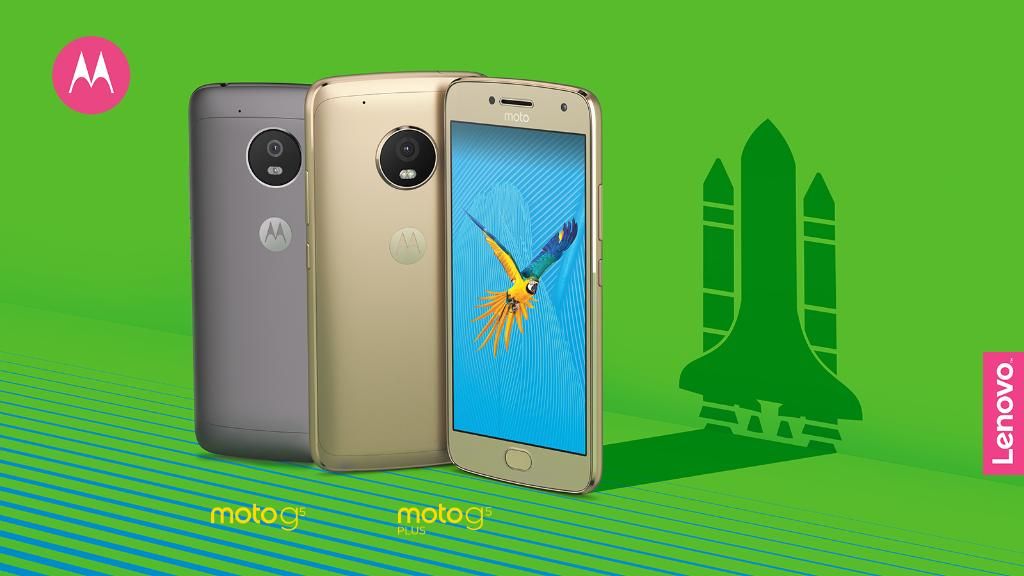There’s tremendous variety when it comes to Android devices and you can add a smartphone with a thermal camera to that list now: the CAT S60.
Catphones has made plenty of rugged smartphones and certainly have the appreciation and respect of those with a more active lifestyle. Their latest smartphone, announced before it would be unveiled at Mobile World Congress, 2016 at Barcelona is set apart by more than just the thermal camera on its back.
Its 4.7 inches 720p display comes with support for wet fingers and gloves. Protected by Corning Gorilla Glass 4, the screen has a maximum brightness of 540 nits which should really come in handy when using it outdoors when it is sunny. Underneath the screen is a Snapdragon 617 octa-core processor clocked at 1.5 GHz, complemented by an Adreno 405 GPU. Carrying 3 GB of RAM and 32 GB of internal storage, this phone will run Marshmallow out of the box.
The thermal camera on its back is a FLIR camera module, a pioneer in thermal imaging. What could you do with a thermal camera, you ask? That question was anticipated by Catphones too and here’s what they’ve got to say.
“…detecting heat loss around windows and doors; spotting moisture and missing insulation; identifying over-heating electrical appliances and circuitry; and seeing in complete darkness.
The thermal camera visualizes heat that is invisible to the naked eye, highlighting temperature contrasts. It can pick up heat and measure surface temperatures from a distance of up to 50 to 100 feet, and see through obscurants such as smoke, enabling a huge range of use cases for building professionals, utility workers, outdoor sports enthusiasts, and emergency first responders to name but a few.”

Capable of being used underwater up to 5 metres for up to an hour, its underwater video camera capabilities can’t be questioned. And yep, it’s dustproof too. Catphones claim that it can withstand drops on concrete from a height of 1.8 metres thanks to it exceeding military specifications with its die-cast frame.
Other noteworthy specifications are its 3,800 mAh battery and its 13 MP primary and 5 MP secondary camera.
The phone will retail for $599 though there’s been no word on when it will be available for purchase. Yes, this isn’t a phone for everyone and neither are future flagships going to come with thermal cameras because someone managed to do it but apart from offering even more variety to the world of Android, it is also proof of just how far smartphone technology has come.


